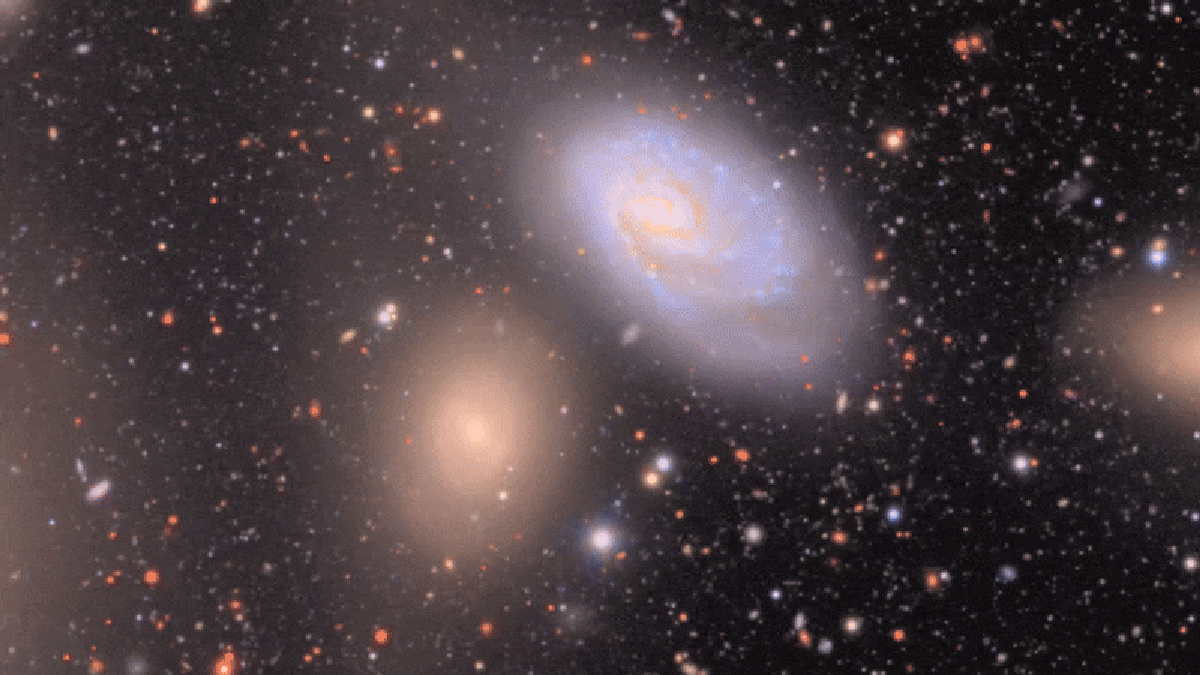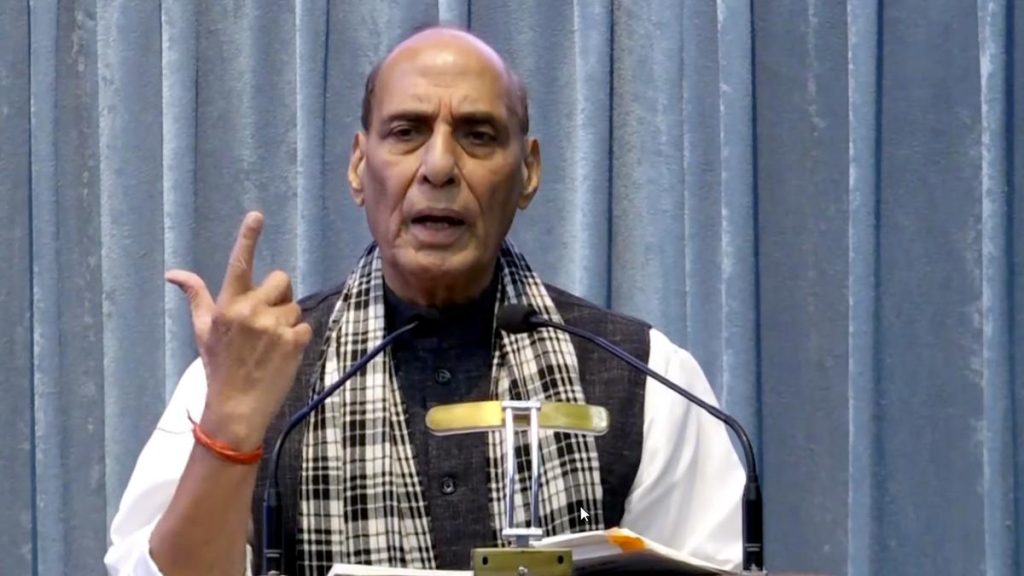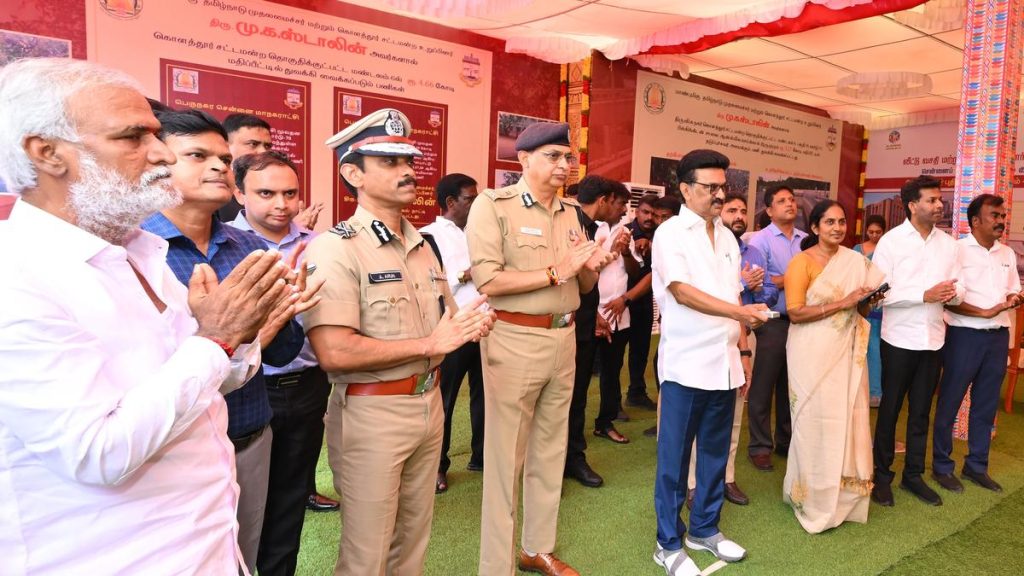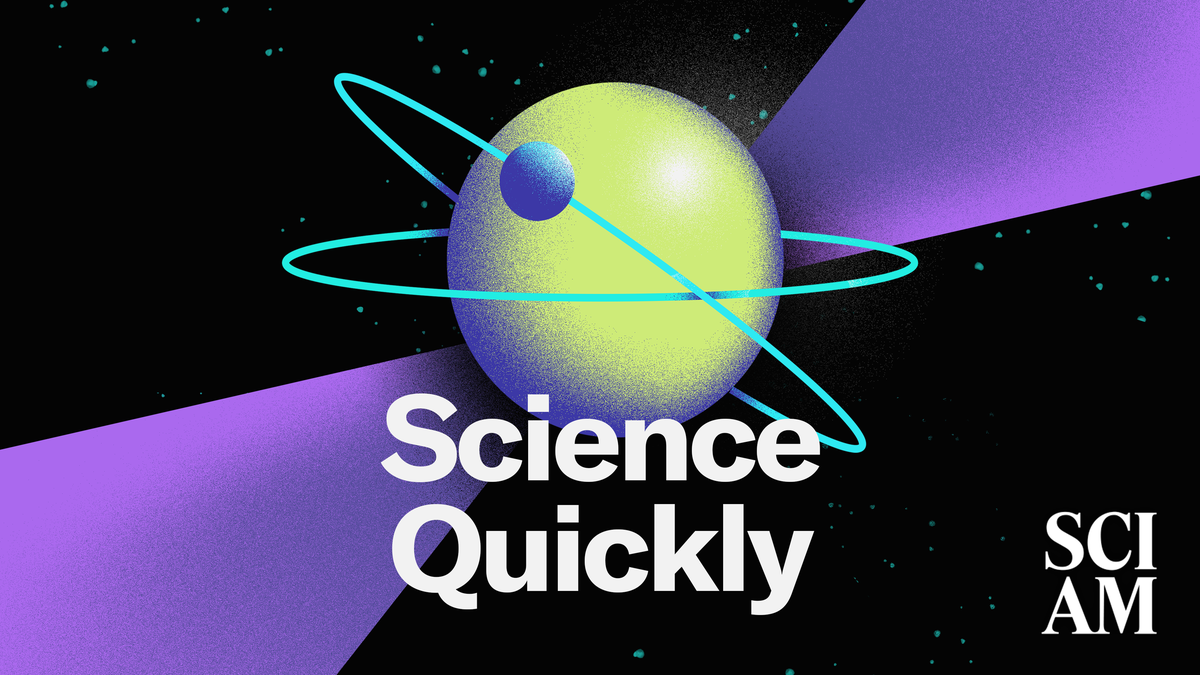Now Reading: Rubin Observatory to Alert Astronomers 10 Million Times Nightly in Data Breakthrough
-
01
Rubin Observatory to Alert Astronomers 10 Million Times Nightly in Data Breakthrough
Rubin Observatory to Alert Astronomers 10 Million Times Nightly in Data Breakthrough

Quick Summary
- The Vera C. Rubin Observatory in Chile has released its first images, showcasing vast star fields and demonstrating its extensive field of view and deep vision.
- Rubin is set to produce an unprecedented flood of astronomical data, with around 10 million alerts per night over a decade-long project called the Legacy Survey of Space and Time (LSST).
- Algorithms will manage data by comparing nightly snapshots to a pre-built static template of the sky to mark differences. Scientists can personalize notifications for specific celestial events like supernovae or asteroid sightings via alert brokers.
- Rubin Observatory is expected to discover new phenomena, massively expanding databases on asteroids-potentially tripling current counts in just two years-and providing critical insights into dark matter distribution through gravitational effects on light from distant objects.
- The observatory employs cutting-edge tools like the world’s largest digital camera, enabling researchers to model cosmic mysteries with greater precision then ever before.
!observatorytelescopescanningthesky.gif?m=1751321649.936&w=800″>Visualization showing galaxies observed by Rubin scanning
During its mission, rubin scans visible Southern Hemisphere skies every three nights.
Read More: Scientific American
Indian Opinion Analysis
The Vera C. Rubin Observatory presents transformative potential for global astronomy but also holds significant implications for India’s scientific ambitions and collaboration initiatives in space research. India already engages actively in international science projects like LIGO and should strongly consider leveraging opportunities with LSST-a project anticipated to reshape understanding of phenomena such as dark matter or asteroid distributions within our solar system.
This massive scale data generation highlights a growing need for advanced computational capacity-an area where Indian institutions can excel through their thriving IT expertise combined with growing investments in AI-driven research applications across astronomy fields.
Moreover,citizen scientists’ ability to access tailored alerts suggests that similar participative programs could empower aspiring astronomers within India’s emerging tech-savvy demographic base while enriching respective databases locally-all aligning well with broader space-tech goals under ISRO and related bodies.


























